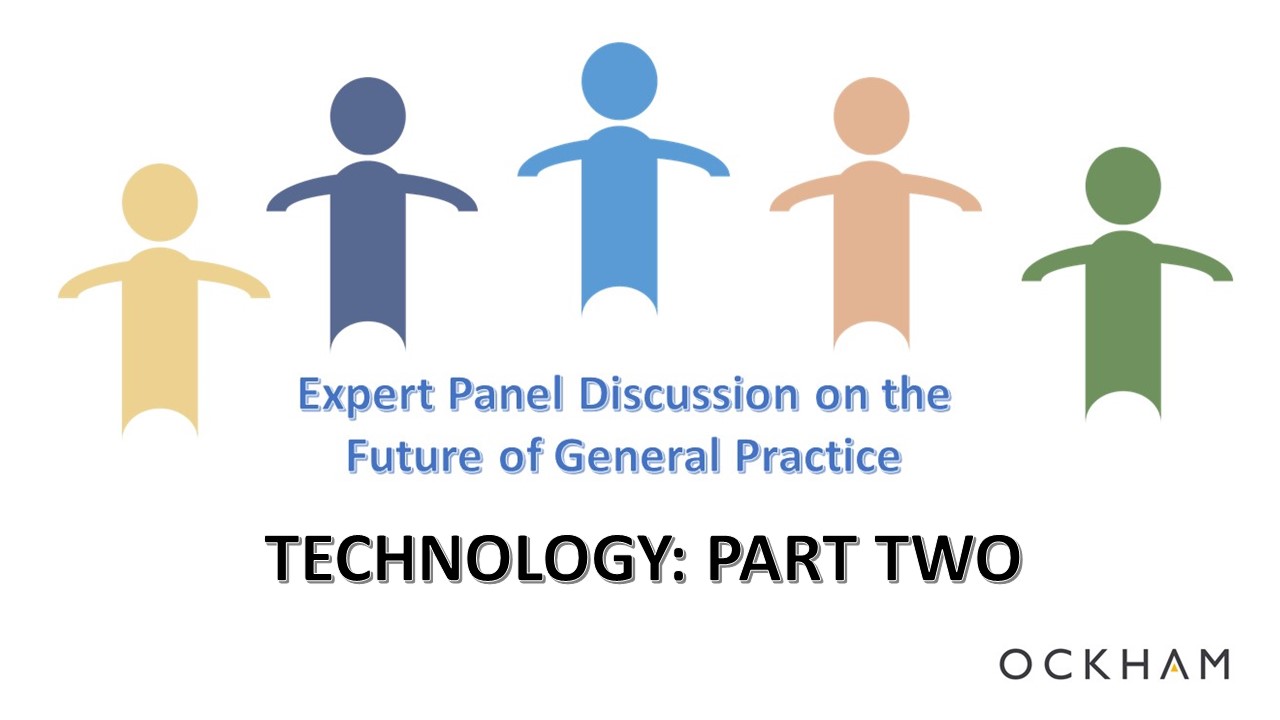
Giuseppe Asclepi (1706–1776) – Jesuit astronomer and physician who served as director of the Collegio Romano observatory the lunar crater Asclepi is named after him.Mariano Artigas (1938–2006) – Spanish physicist, philosopher and theologian.Nicolò Arrighetti (1709–1767) – Jesuit who wrote treatises on light, heat, and electricity.


1206 – 1280) – Dominican friar and Bishop of Regensburg who has been described as "one of the most famous precursors of modern science in the High Middle Ages." Patron saint of natural sciences Works in physics, logic, metaphysics, biology, and psychology.

1320 – 1390) – German bishop known for his contributions to logic and physics with Buridan he helped develop the theory that was a precursor to the modern theory of inertia 1460 – 1522) – Dominican priest and historian Lorenzo Albacete (1941–2014) – priest, physicist, and theologian.François d'Aguilon (1567–1617) – Belgian Jesuit mathematician, architect, and physicist, who worked on optics.José de Acosta (1539–1600) – Jesuit missionary and naturalist who wrote one of the first detailed and realistic descriptions of the new world.They theorized about the circulation of the blood (independently of Harvey), the theoretical possibility of flight, the way the moon affected the tides, and the wave-like nature of light." īecause there is a List of lay Catholic scientists, this list does not include lay members of religious orders, such as (non-priest) monks and nuns, brothers and sisters, or anyone in 'minor orders' at such times that those were not considered clergy.

They observed, in some cases before anyone else, the colored bands on Jupiter's surface, the Andromeda nebula and Saturn's rings. For example, the Jesuits have dedicated significant study to earthquakes, and seismology has been described as "the Jesuit science." The Jesuits have been described as "the single most important contributor to experimental physics in the seventeenth century." According to Jonathan Wright in his book God's Soldiers, by the eighteenth century the Jesuits had "contributed to the development of pendulum clocks, pantographs, barometers, reflecting telescopes and microscopes, to scientific fields as various as magnetism, optics and electricity. The Jesuits in particular have made numerous significant contributions to the development of science. The Catholic Church has also produced many lay scientists and mathematicians. These churchmen-scientists include Nicolaus Copernicus, Gregor Mendel, Georges Lemaître, Albertus Magnus, Roger Bacon, Pierre Gassendi, Roger Joseph Boscovich, Marin Mersenne, Bernard Bolzano, Francesco Maria Grimaldi, Nicole Oresme, Jean Buridan, Robert Grosseteste, Christopher Clavius, Nicolas Steno, Athanasius Kircher, Giovanni Battista Riccioli, William of Ockham, and others listed below. This is a list of Catholic clergy throughout history who have made contributions to science. Giovanni Battista Riccioli's Almagestum novum (1651)


 0 kommentar(er)
0 kommentar(er)
